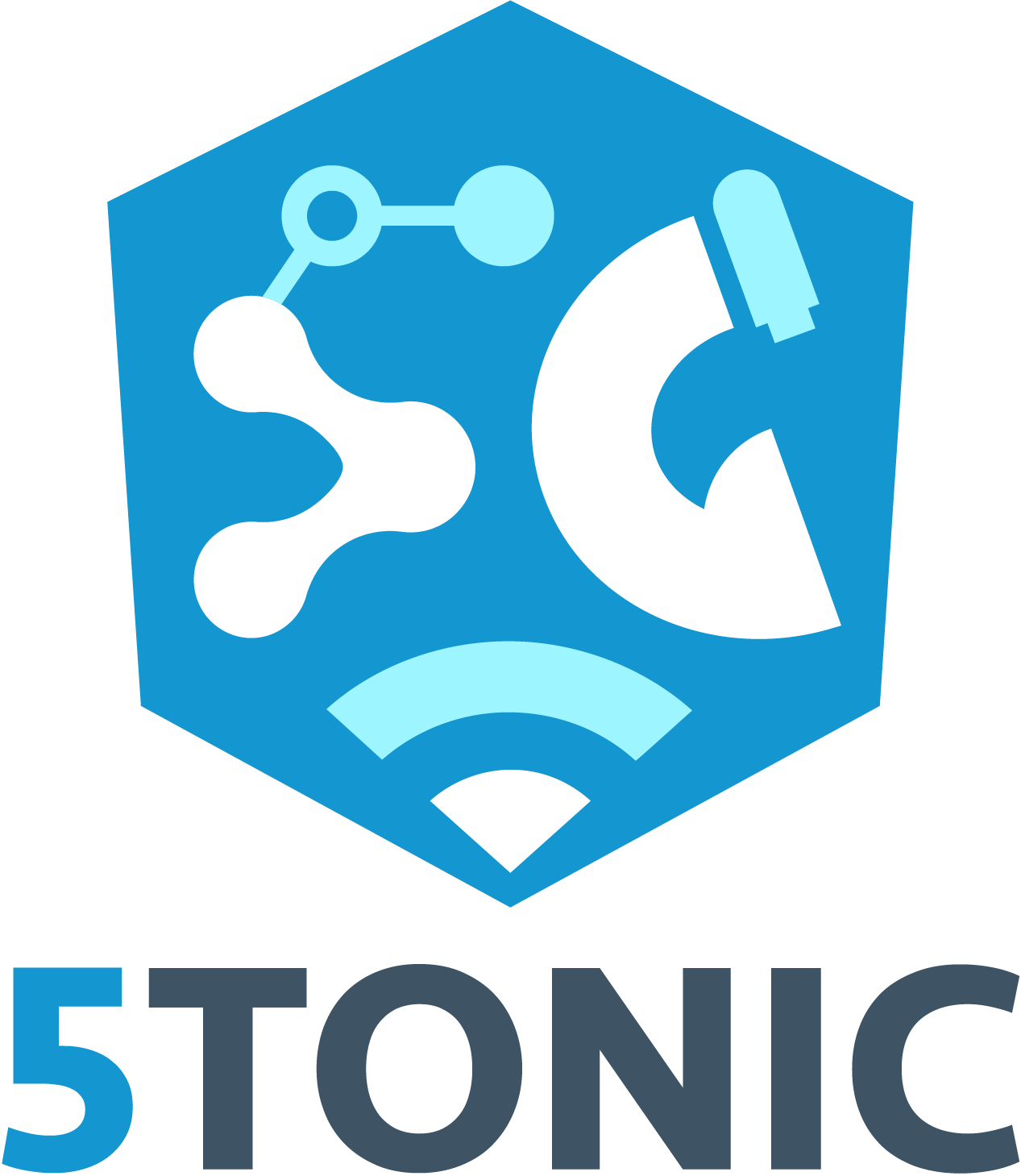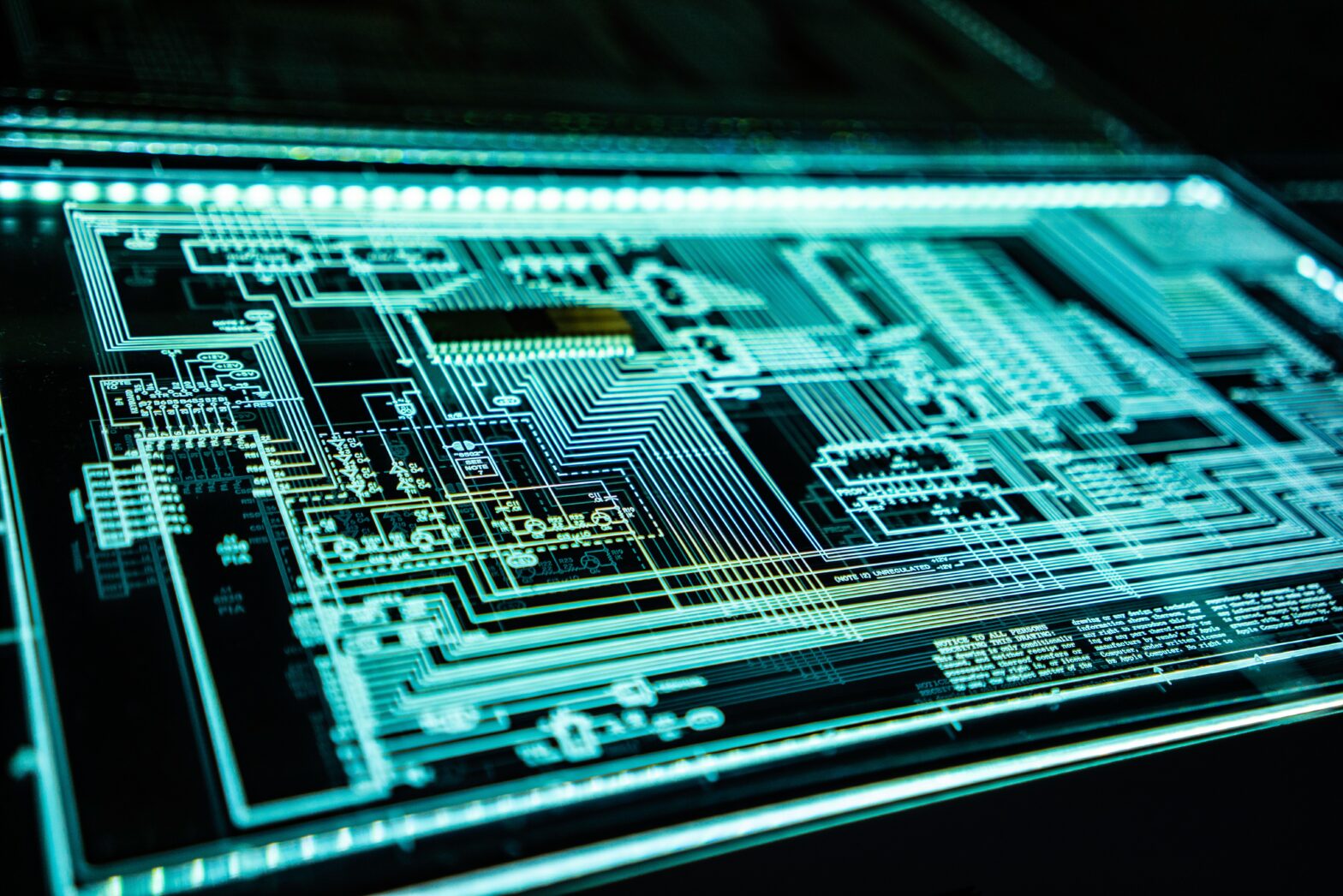CYBERSECURITY AND 5G
As 5G technology continues to be deployed, its advantages have become very apparent: Ultra-high reliability & low latency, massive IoT (massive connectivity) and enhanced mobile broadband (capacity enhancement). As 5G-based innovations become part of our daily lives, we may see the birth of «smart cities» and the development of Industry 4.0.
We know that 5G consumes less energy and is faster, more reliable, more secure and more efficient than previous generations, so let’s have a look at the applications at an industrial level that will be possible through its deployment:
- VR (Virtual Reality) & AR (Augmented Reality) will allow companies to work more intelligently and more efficiently
- Reduction of down-time and maintenance cost and reduction of inventory and logistics costs.
- Telemedicine, remote diagnosis and remote robotic surgery will be a reality.
- Consolidation of Smart Cities, controlling public services more efficiently and responsibly.
- Autonomous vehicles will be connected to Internet, communicating with their surroundings, with other vehicles and with traffic signs.
- Immersive learning will be possible, with virtual simulation learning experiences.
5G technology is designed with security features already built in. The 3GPP standard implements much more robust encryption and allows providers to use the latest encryption schemes to enhance security. Moreover, subscriber privacy will ensure that 5G devices connect to the correct network, minimizing the likelihood of external devices extracting international mobile subscriber identity (IMSI) data. 5G is a secure technology by design but there are security issues that may arise from the complex ecosystem and the complex environment where it has to be deployed.
It’s important to keep in mind that the more connected we are, the more exposed our devices can potentially become as the number of simultaneous connections increases. To do this, collaboration between different cybersecurity companies is essential to be able to tailor each encryption and network monitoring solution to each provider. In this way, the implementation of 5G can be a business opportunity, both for programmers and developers who prioritize and value cybersecurity, as well as for other sectors such as insurance companies, which will be able to use this technology to have greater accuracy and efficiency in risk calculations.
Let’s have a look at the elements that must be considered to increase the cybersecurity of these new networks:
- Decentralized security: 5G software-based systems have many more access and traffic routing points than previous generation networks. So, for optimal security, all these routing points would need to be controlled to prevent any unsecured areas from compromising the network. In fact, it is likely that a shared security model will emerge for 5G, allowing companies to transfer security functions to carriers as well, thereby strengthening overall security.
- Higher bandwidth will require higher security: The benefits of 5G in terms of data speed and volume will challenge existing security teams, requiring new methods to neutralize threats (e.g., higher volumetric distributed denial of services attacks). Given the large number of devices connected to the network, including multiple access edge computing (MEC) nodes, identity and authentication will be essential in achieving an optimal security configuration for 5G networks.
- Many of the IoT devices manufactured today have cybersecurity gaps: Especially low-end smart devices. 5G technology adds utility and potential in IoT, so billions of connected devices with varying levels of security mean a higher number of system-wide vulnerabilities.
- Lack of encryption at the beginning of the connection process reveals device information: This information can allow hackers to know exactly which devices are connected to the network and carry out a much more comprehensive system-wide attack.
- Securing cloud-native solutions: 5G is the first cloud-native generation that leverages microservices and virtualization. These technologies provide clear benefits in terms of cost and scalability but also expose the infrastructure and services to third parties and new security risks that should be managed.
- Virtualization and software-defined networking (SDN): These will be elements that companies should consider to increase security. In this way they will be able to take advantage of the opportunity to automate security, which will streamline efficiency.
In order to cover any security gaps that may arise due to the high connectivity offered by 5G, the industry will need to continue evolving and adapting to the eruption of new networks. In this way, 5G technology is also being one of the engines driving innovation and expansion of these business sectors that have to do with infrastructure, mobile devices and cybersecurity.
We are confident and excited about the key applications 5G will have in the world of communications, where security is a priority for everyone. However, the importance of implementing these safety solutions must be considered to protect the entire system and educate consumers about cybersecurity and its importance across an increasing variety of devices.
At 5TONIC we continue to work so that the future of 5G is safe, and we can take advantage of its full potential by making this technology completely safe, efficient, productive, and comfortable. We are proud to collaborate with companies around Europe to test technologies designed around 5G and help develop future evolutions for mobile communication.

